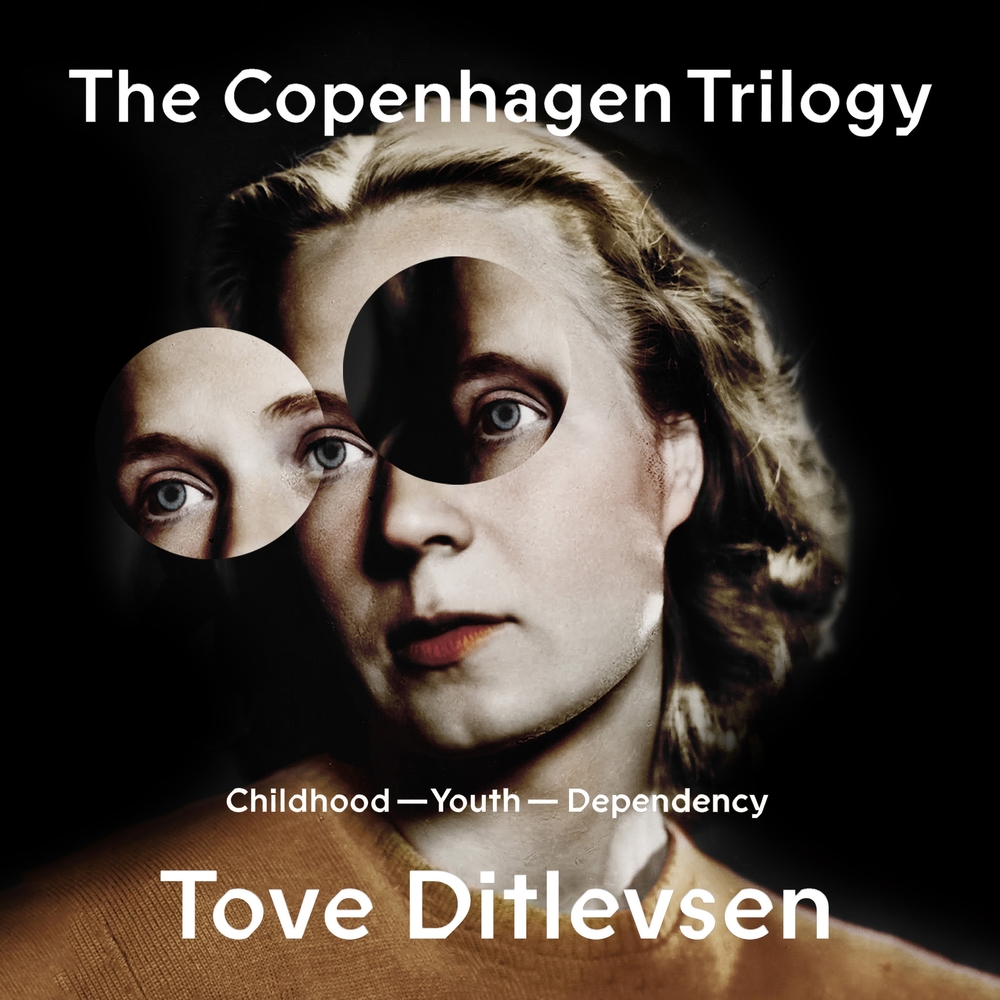When Tove Ditlevsen died in 1976 from an overdose of sleeping pills, thousands gathered in Copenhagen for her funeral. There, beneath the chestnut trees, a crowd followed Ditlevsen’s coffin, remembering her life and legacy as one of the country’s most celebrated literary figures. In Denmark, Ditlevsen has since remained just as beloved as she was on that late March day. One of her novels, 1943’s Barndommens Gade, was voted a “Danish Book of the Century,” and her poetry and memoirs continue to be taught as part of the mandatory national literature curriculum.
In the English-speaking world, however, chances to encounter Ditlevsen have been few and far between. Fortunate for us, then, is the release of The Copenhagen Trilogy (370 pages; Farrar, Straus, & Giroux), a triptych of memoirs, first published between 1967 and 1971, whose arrival should bring more readers into Ditlevsen’s sizeable crowd of admirers. What emerges in these pages—via exacting translations by Tiina Nunnally and Michael Favala Goldman—is an unblinking investigation of the self: its inconsistencies, its ties to others, its basic wish to be understood.
When day breaks in “Childhood”—the first installment of the trilogy—Ditlevsen’s world is small. The furthest reaches of her consciousness are the twin ends of Istedgade Street, a long em-dash penned through the city’s working-class neighborhood, Vesterbro. Here, shopkeepers sell eggs and horsemeat, while those without work—including her father, who loses his job when she is seven—gather at cafés.
It is amid this landscape that Ditlevsen comes of age. Indelible from the beginning is the mark of her mother, with whom the young author has a “close, painful, and shaky relationship.” Though she tries to tune herself to her mother’s frequencies—to please her, to ward off her fury—Ditlevsen can never fully bridge the “painful distance” that separates them. “We sit close to each other,” she reflects at one point, “but there are miles between our hands.”
Ditlevsen is a uniquely spatial writer, and childhood, for her, has the shape of a coffin: sharp-edged, narrow, a thing you “run up against.” To grow older, in these memoirs, is an unwilled process of emerging from childhood’s solitary confines, in order to bridge the distance between one’s self and others. By the time she starts school, Ditlevsen confesses: “I always dream about meeting some mysterious person who will listen to me and understand me.”
As she expands beyond the outer limits of childhood, however, Ditlevsen becomes burdened by what she encounters in the “evil, complicated” world beyond. Overwhelmed by the barrage of news that enters Denmark—telegraphing the Nazi rise to power—the young writer wishes for something “solid and secure” to block out the reality into which she has entered.
One night at a party, a doctor named Carl, with crooked teeth and red hair, arrives. Before long, Ditlevsen becomes pregnant with his child, and asks him to perform an abortion. Carl obliges. He injects her with an anasthetic, Demerol, and she suddenly feels “relaxed, lazy, and happy,” “limp and distant and peaceful.” Ditlevsen returns home with one preoccupation: “the simple thought of doing it again.”
The tremendous power of the book’s final passages—and the trilogy as a whole—resides in its unbroken presentness. Each page is delivered in a horizontal, capacious now that makes every thought seem raw and recent, like a bruise that’s yet to fully bloom. Writing life as its lived—without knowing for certain what will happen next—Ditlevsen pens out her choices and watches, with the reader, as they accrue into the shape of her life.
So, she moves in with Carl: a bid for closer access to Demerol, and the distance from the world it induces. Carl gives her injections freely and forcibly. Whenever she thinks about leaving home or seeing someone else, he is nearby, ready with his syringe. “It was becoming necessary for us to live without interference from other people,” she announces, blinded by dependency.
As her addiction reaches its zenith, so does her isolation. Ditlevsen’s prose, usually so attuned to the city around her—the “snow outside,” the “thumping from ships’ motors far out on the water”—loses all sense of place. Nothing in the outside world is legible. When a friend visits, Ditlevsen only realizes her companion has begun to cry after she touches the friend’s cheek and sticks a finger in her mouth. “It tastes salty,” she remarks.
Humming beneath these scenes is her abiding interest in the relationship between literature and reality. To what extent do external facts remain intact when submerged in writing? “I don’t think very much of reality,” she claims, “and I never write about it.” But for all this dismissive talk of “cruel, grey” facts, Ditlevsen is supremely engaged in a sense of truth. It’s a truth that is shifting and precarious, but always there—even in her most ruinous moments. Within The Copenhagen Trilogy, her truths appear again and again, awaiting a reader to find them, to listen, to understand.
Moments of true understanding, it seems, remained rare in Ditlevsen’s life. Still, they appear. Towards the close of the trilogy, Ditlevsen returns to Copenhagen on a spring day, after time in rehabilitation. She remembers the world, that she is a part of it. A friend comes over. They eat homemade pastry, drink blackcurrant brandy. “People aren’t meant to be alone,” Ditlevsen thinks, and it’s true.

